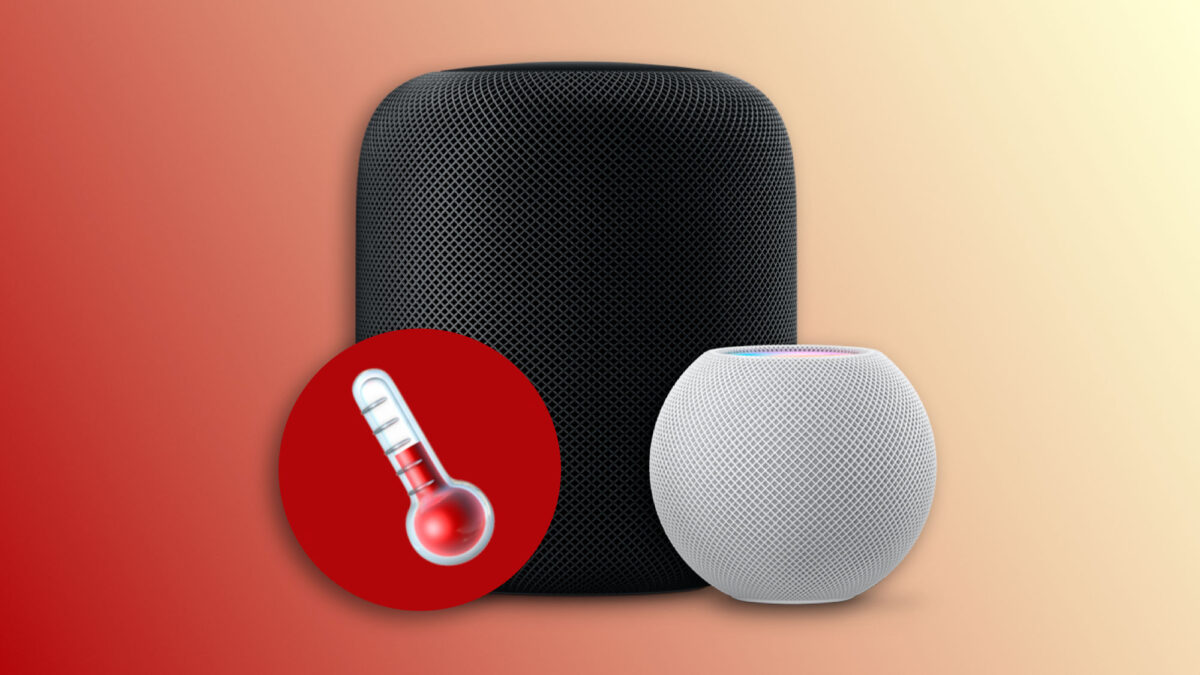With version 16.3 of the operating system of our speakers, temperature and humidity sensors are activated in all models of the HomePod mini and HomePod 2. These sensors allow us to obtain accurate and real-time information about the temperature and humidity in a room, but they go much further.
They are especially useful for home automation, as they can be used in conjunction with the Home app and Shortcuts to automate a wide variety of tasks based on the collected information.
How to Check the Temperature and Humidity of a Room Thanks to the HomePod
Once the HomePods are updated, the temperature and humidity sensors will require a few minutes to calibrate correctly. From then on, the information will not be really easy to find. We just have to open the Home app on our iPhone, iPad, or Mac and touch the room where the HomePod of interest is located. At the top, the temperature and humidity will be displayed with their respective measurements.
From this information, we can automate the rest of the house based on the data collected by the sensors. The complete process consists of the following steps:
- Open the Home app on our iPhone or iPad.
- Touch the room where the HomePod of interest is located.
- Press on the Temperature or Humidity measurement at the top, depending on what we want to automate.
- Touch on Add automation.
- Choose between is above or is below and choose the respective temperature.
- If desired, we can establish within what schedule or with which people in the house we want to carry out the automation.
- Touch Next.
- Choose if we want to activate an environment or which accessories we want to involve in the automation. If we want more options, we can touch Convert to shortcut.
- Touch OK.
The possibilities are very wide. Some examples include opening a window or turning on an extractor if the humidity is too high, turning on the humidifier if the humidity is too low, or turning on an electric radiator or fan depending on the temperature.
Although the possibilities will depend on the other home automation accessories we have in the home, having a thermometer and a humidity sensor in each room where there is a HomePod or HomePod mini is very useful. And best of all, just like sending Spotify songs to our HomePod, it is really easy to access the information and use it for almost any automation.
On Hanaringo | How to view and share our Apple Music Replay 2023: what we have listened this year in perspective

